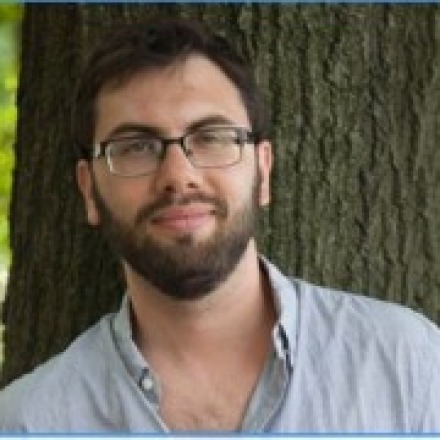
I joined the Hebrew University of Jerusalem in the fall of 2015 after completing a postdoctoral fellowship at the Massachusetts Institute of Technology, where I was from September 2012 until I arrived at the university. Before that, I completed my doctoral studies at the Hebrew University under the supervision of Professor Ehud de-Shalit.
My main area of research is algebraic topology and its interaction with other mathematical fields - mainly number theory. With the development of the study of geometry it became clear that many of the interesting properties of shapes are retained while distorting those shapes, as long as the distortion does not create or clog holes. The study of forms in this approach is called topology. It is humorously said that the topologist does not distinguish between the cup of coffee and his donut because these two forms have a single hole. If the cup of coffee and the donut were made of a completely flexible material, one could be distorted into the shape of the other. In other words, topology is the field of mathematical research that deals with the "qualitative" properties of shapes - that is, properties that are preserved in distortions and stretches (as opposed to quantitative and rigid properties such as area, length or angle). It turns out that these qualitative properties of shapes can be usefully encoded in the tools of abstract algebra. Thus bruises, circles, and vector spaces are used to encode the various holes within the shape and the relationships between them. This technique is called "algebraic topology". On the other hand in algebra and number theory it has become clear over the years that algebraic objects (especially circles) can be thought of as geometric objects. In addition, developments in category theory made it possible to define and study new and prominent algebraic objects in which the topological forms are interwoven in the way they are defined. These and other ideas create many bridges between geometry, algebra, number theory and many other fields such as quantum physics and category theory. I try to understand these connections and use them to shed light on problems in one area by using insights from another area.
